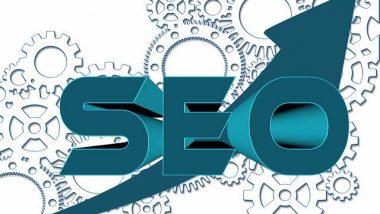Just as you got used to the terms SEO and SEM something “new” comes along. Well in reality this is not new, but it’s finally getting more discussion. That’s online audience optimization. SEO for SEM is about optimizing your pages for search engines.

OAO is about going beyond getting traffic. Traffic is great, but not if it’s not your ideal audience. Traffic is the goal, but should it be the only goal?
Know Your Audience
Many gurus have been harping on this for quite some time, but it seems some people aren’t listening. Your audience is why you are here, your audience is why you make your products or perform your service. Everything you do should start with knowing your audience. Your audience, not search engine technology, dictates your products, services and actions.
Show Your Audience You Care
Beyond knowing your audience, you should demonstrate that you care about their needs, thoughts and opinions. If you are clear about your goals when it comes to your audience and the benefits you provide them, (and you are providing clear benefits) then the audience you go after will feel emotional about your offerings. They will feel a connection that maybe they can’t quite identify, but it’s there nonetheless.
Stop Focusing on Technology
Keywords and search terms do matter, it’s clear, but they should not be your only focus. Many online marketers forgot about that in the race to the first page of results based on search engine technology. This is why Google, in their race to do their job for their customers, which is to return high quality relevant search results, keeps changing things on us marketers. As soon as you learn to game the system, they change the algorithm. Stop worrying about the algorithm and focus instead on your clients, future clients, and their needs.

High Bounce Rate
Invite Audience Participation
This can happen on social media and your website. When you study your metrics look at the time spent on your website and the bounce rate. If the time spent is low and the bounce rate is high, these are two important indicators that you’re not really speaking to your audience clearly enough. Encourage engagement to get them to stick around, and not leave. Ask for their opinion, conduct a poll, start a discussion with a controversial blog post. Ask them what they think.
Let Go of Keyword Density
The fact is, other than the chance of being accused of keyword stuffing, trying to write a particular percentage “keyword density” blogs, articles and other content should not be the focus of your content. You still do want to try to use keywords in the names of your titles, on your URLs and in headers, but you really don’t need to worry about using keywords inside the text that much. Use them naturally, and your audience will respond better.
This isn’t to say that SEO is dead as some have said. But, it is to say that it’s time to put our focus where it should have been all along and that is on the audience. Before we had search technology, marketing focused on studying the audience and their needs and then creating advertising and marketing that appealed to that audience. SEO used in conjunction with remembering the audience and their needs will go a lot farther than focusing on just SEO.

